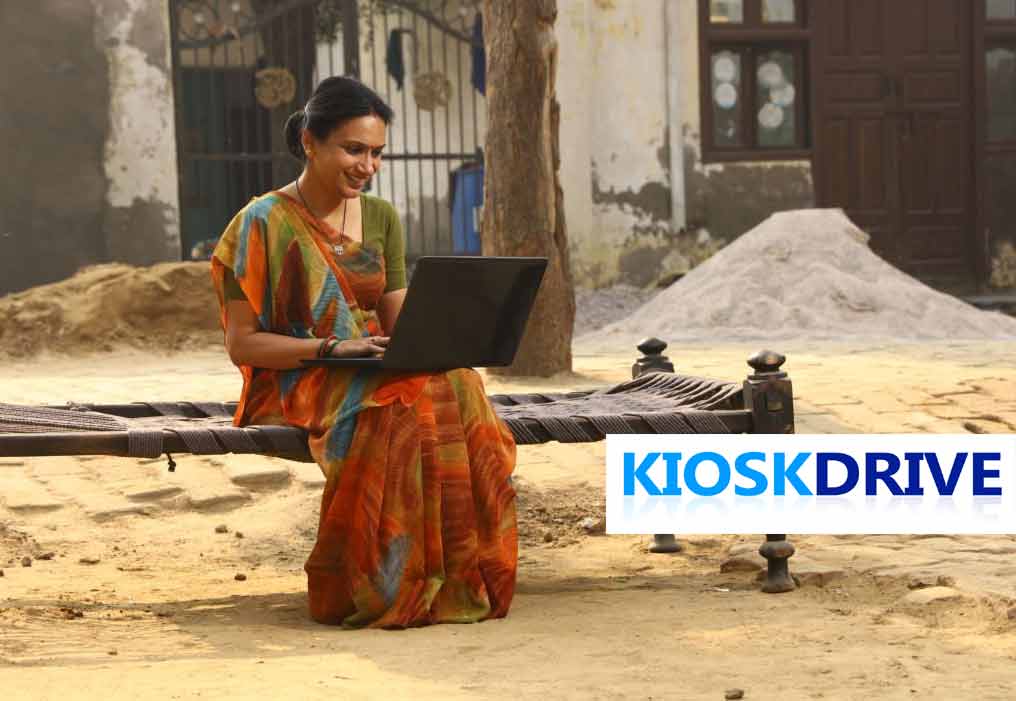Checklist for enrollment of CSP for Multiple Terminal Login Facility at CSP Outlets
Documents required for Sub-KO
- Request Letter from Kiosk Operator duly signed
- Recommendations of BC as per format enclosed
- Educational Qualification Certificates of 12th Standard of Sub KO
- KYC documents – PAN Card & Aadhar Card of Sub KO
- Police Verification Report of Sub KO
- Confirmation from BC that CSP have installed M-ATM and Passbook Printer
- Average transaction should be more than 75 per day.
- Request should be forwarded through link branch and RBO / AO.
- BC – CSP Agreement, Police Verification Report & IIBF Certificate be uploaded at Branch portal
Utilising SBI Kiosk Multiple Terminals to Increase Productivity and Revenue
Success in the fast-paced world of today depends on efficiency. Businesses always struggle to maximise income while simplifying processes, particularly those in the banking industry. This is where SBI Kiosk Multiple Terminals come into play, bringing about a revolutionary change in the delivery of financial services and improving the client experience.
Recognising Multiple SBI Kiosk Terminals
SBI Kiosk Multiple Terminals: What Are They?
The State Bank of India (SBI) operates a network of self-service banking terminals known as SBI Kiosk Multiple Terminals. Customers may access a variety of financial services using these terminals without the assistance of a person. These terminals provide clients an easy and quick method to do a variety of banking tasks, from deposits and withdrawals of cash to account inquiries and money transfers.
How Do Multiple SBI Kiosk Terminals Operate?
With their user-friendly interfaces and state-of-the-art operation, these terminals make financial transactions easy and convenient. Customers may quickly get the services they need by navigating through the menu selections. Real-time transaction processing guarantees prompt and dependable service.

SBI Kiosk Multiple Terminals’ Advantages
1. Improved Convenience for Customers
The ease that SBI Kiosk Multiple Terminals provide to clients is one of its main advantages. Customers may use these terminals to do a variety of banking tasks whenever it’s convenient for them, eliminating the need to go to a typical bank branch. Those with hectic schedules or those who live in distant locations with little access to financial services would especially benefit from this.
2. Banks Can Save Money
For banks, putting SBI Kiosk Multiple Terminals into use may result in considerable cost savings. Banks may save expenses and minimise the need for human involvement by automating regular financial activities. Further reducing costs, these terminals may assist banks in expanding their clientele and service area without the need for physical branches.
3. Enhanced Productivity and Efficiency
Banks may increase production and efficiency by decreasing wait times and processing transactions more quickly using SBI Kiosk Multiple Terminals. This improves the client experience for everyone involved and frees up bank employees to work on more intricate jobs that call for human involvement. Banks are able to function more effectively and provide better customer service as a consequence.
4. Expanded Prospects for Income
Through SBI Kiosk Multiple Terminals, banks may take advantage of new income streams by providing more financial services. These terminals provide banks a platform to create new revenue streams via cross-selling services and the sale of financial goods. Furthermore, banks may raise their total income potential by drawing in additional clients with improved convenience.
Prospects & Trends for the Future
1. Assimilation with New Technologies
SBI Kiosk Multiple Terminals will probably interface with cutting-edge technologies like blockchain and artificial intelligence (AI) when they develop further. This might improve these machines’ capacities even further and provide users even more sophisticated financial services.
2. Development in Novel Markets
There’s a lot of room for growth for SBI Kiosk Multiple Terminals as the need for financial services and digitalization both rise. Banks may increase their market presence and open up new growth prospects by focusing on underdeveloped regions and meeting the demands of a variety of client categories.
3. Individualization and Tailoring
In the banking sector, personalisation is becoming more and more crucial, and SBI Kiosk Multiple Terminals are no different. By using customer data and analytics, banks may improve customer happiness and loyalty by personalising the user experience and providing tailored services and suggestions via these terminals.
In summary
To sum up, SBI Kiosk Multiple Terminals are revolutionary for the banking sector, providing a plethora of advantages to banks and clients alike. These terminals are changing the way financial services are provided, from increased efficiency and revenue prospects to increased convenience and cost reductions. The future of banking will be shaped more and more by SBI Kiosk Multiple Terminals as technology develops and client expectations change.
